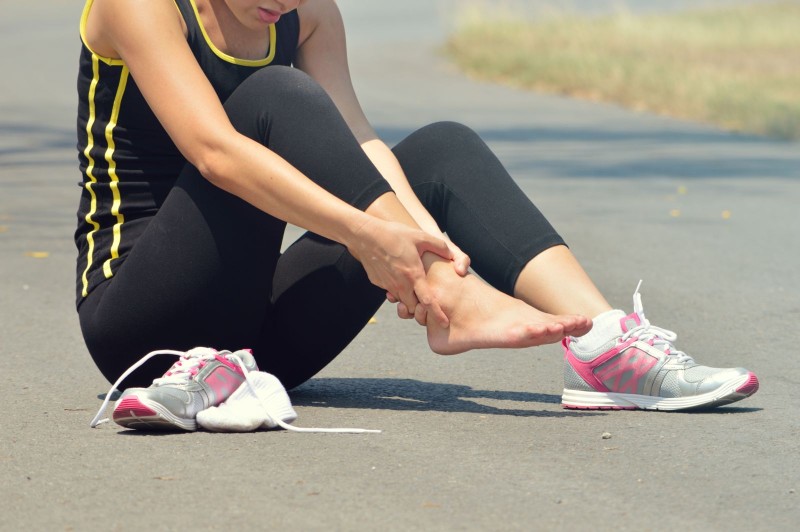
It is unthinkable not to get excited when watching the talented tennis player Serena Williams, the incredible soccer player Abby Wambach or the skilled gymnast Simone Biles.
Sadly, just like their male counterparts, female athletes also suffer a fair share of field-related injuries, and they might also be more prone to these physical injuries. And this is not only the case with professional athletes. Casual runners, devoted dancers, and the like can also get injured while performing their favorite physical activity.
Let’s take a look at the injuries that frequently happen to active women, and after that, we’ll discuss what could be done to lower the risk of these injuries or get them out of the way altogether. Let’s get started with:
The Most Common Injuries in Female Athletes:
Let’s begin with naming some of the most common injuries physicians are seeing in women of sports.
— Kneecap pain
— ACL Tears
— Tendonitis
— Stress fractures
— Ankle sprains
— Shin splints
— Plantar fasciitis
— Joint pain resulting from hypermobility
Without a doubt, many male athletes visit the exam room with these types of injuries. However, physicians who treat sports injuries believe that female athletes are more prone to these difficulties than male athletes.
So, Why Are Women More Susceptible to These Injuries?
The “why” part of female sports injuries is not easy to answer, but the ongoing research and theories tend to explain that it is due to many reasons.
The critical difference is a woman’s anatomical differences from men. For instance, women have wider pelvises than men, which influences the alignment of their knees and ankles. As a result, their movement and how a female’s bodywork is quite different from men when they are on a playing field. Check out Profemin reviews.
Another significant difference is when a woman jumps, her knees are closer, which impacts them when they hit the ground, and they usually land in a more upright position. The simple fact that these types of exceptions exist makes a female athlete more prone to injuries.
Also, if you are a female, you have more fatty tissues and less muscle mass when compared to men, and your anterior cruciate ligament (ACL) in both knees has a narrower space in-between. Both these reasons explain why female athletes deal with ACL injuries far more commonly than men in sports.
However, there is a simple and effective solution to this problem. A functional movement screen (FMS)can help female athletes move freely with a shallow risk of suffering from the aforementioned injuries. It closely examines your risk for injuries, analyzes your movement patterns, balances tissues, and does anything that can hamper your performance in a playground. Plus, with FMS, you get a permanent solution for your everyday injuries that you might have to deal with on a playing field.
Finally
The research mentioned above clearly explains that women in sports might have to take a little extra care of their bodies to avoid physical injuries. However, this is easier said than done since a lot can happen on a playing field.
But with the help of technology and an FMS, you get to know your body more, which further helps you lower the risk of injuries. So, if you are a female athlete, make sure you give your body and the care it deserves while seeking assistance from the technology and FMS.